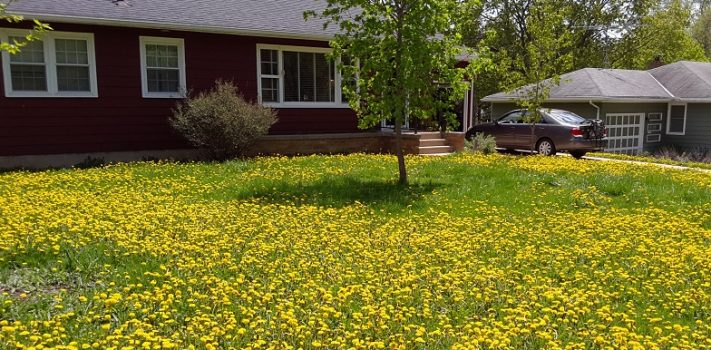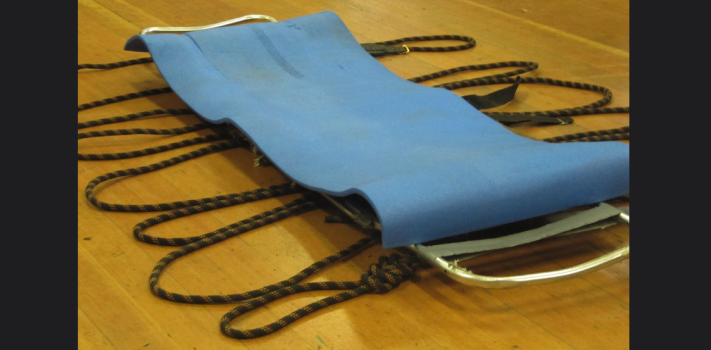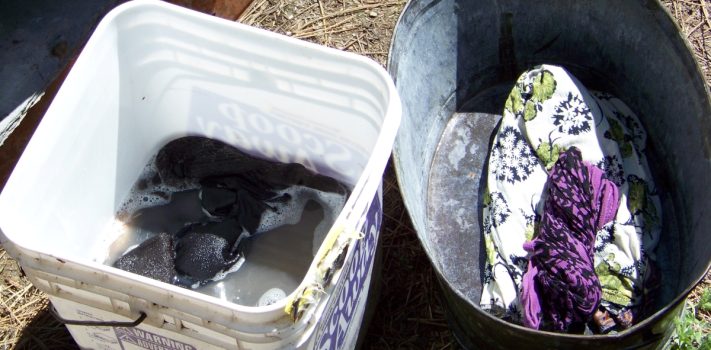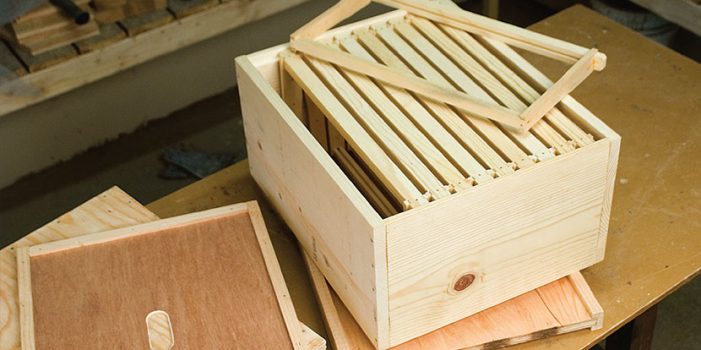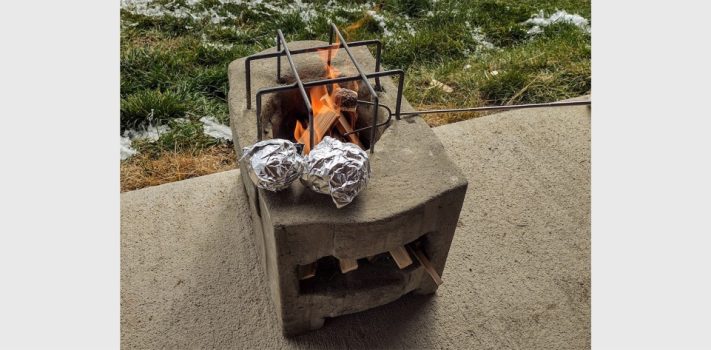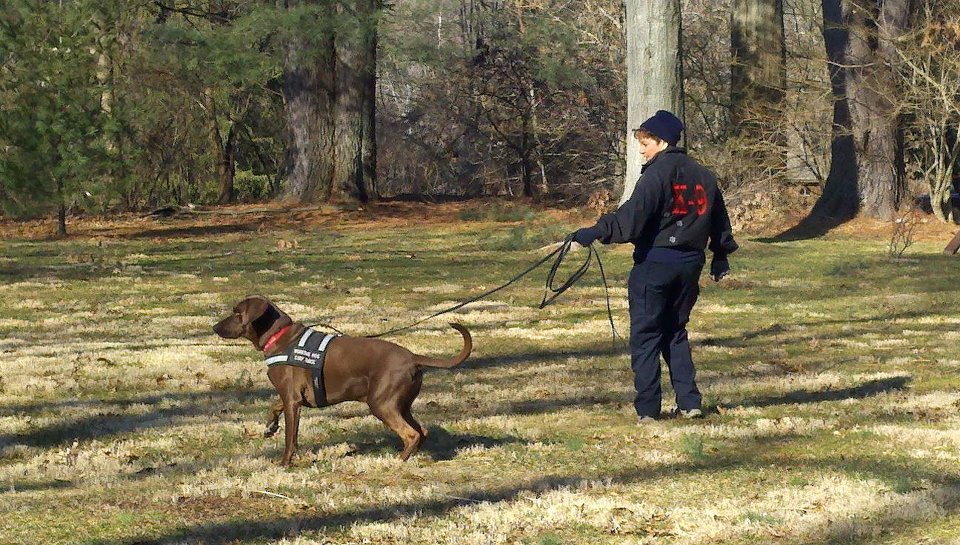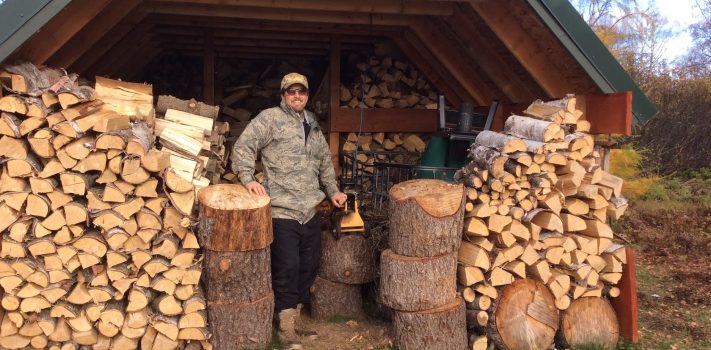Foraging for Fun & Survival – Part 3, by Hobbit Farmer
(Continued from Part 2. This concludes the article.) Hopniss-Apios americana Hopniss is in the legume family, and produces edible tubers. In southern climates the season may also be long enough for it to produce edible pods resembling beans. Some plants in the bean family can cause allergic reactions and so can hopniss. Most people are not affected but you will want to start with a small serving. This is a plant that I am still looking for so I can give it a try. Hopniss was an important food crop for native peoples and has 3 times the protein of …

